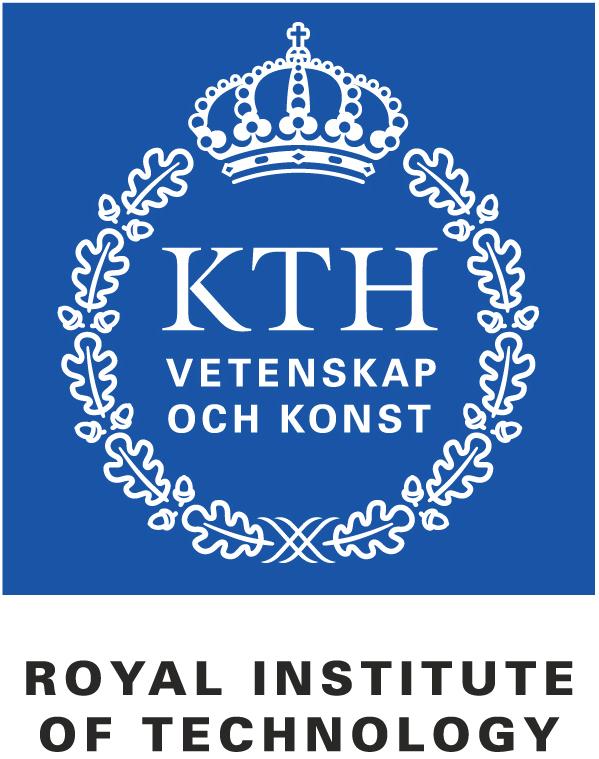 |
 |
This project has been founded by Wireless@KTH, as part as the seed project Call 2/2012
Contact person:
- Paolo Monti:
project leader
- KTH (Lena Wosinska,
Anders Västberg, and Mats Nilson)
- TeliaSonera (Henrik Aspegren)
- Transmode
(Magnus Olson)
GreenHaul: energy
efficient backhauling for HetNet wireless
deployments
Heterogeneous
network (HetNet) deployment strategies are one of the
options that can be used to reduce the power consumption
in wireless mobile networks, particularly in those
scenarios where the capacity requirements over a
geographical area are not uniformly distributed. The key
rationale behind this technique is to tailor the network
deployment to the expected traffic levels, i.e., to
provide coverage via macro base stations and to
guarantee high capacity only where it is needed via,
micro, pico and/or femto cells.
On the
other hand it has been shown that the relative impact of
the backhaul power consumption is non-negligible in
those wireless access scenarios with an increasing
number of small (low power) base stations. This means
that the total power consumption of a HetNet deployment
to a larger degree is affected by the choice of the
backhaul architecture and technology. This is the reason
why to get a holistic understanding of how to achieve a
truly green and converged broadband access segment a
series of questions need to be answered.
There are
several technology options for backhauling, i.e., fiber,
microwave and/or copper, with their pros and cons. On
the other hand is it not yet clear which of these
options would be the best in terms of energy efficiency,
where the “best” backhaul architecture may not
necessarily have to rely on one single technology, but
may as well be the result of a mix of them.
The focus of this project is to first to understand how different backhaul technologies and architectures may affect the total backhaul power consumption and then to apply this knowledge to develop HetNet deployment strategies for the overall broadband segment where the objective is to minimize the total power consumed by the mobile wireless access, and the backhaul segments combined.